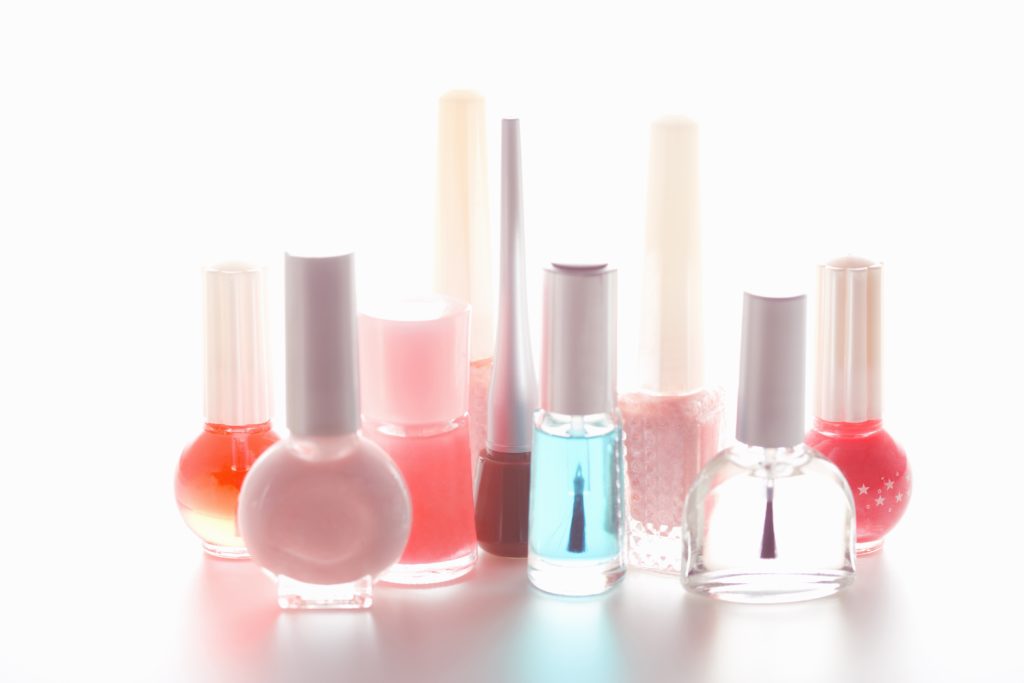 Acclaimed professor and dermatologist Dr. Albert Kligman first coined the term cosmeceutical in the early 1980’s. The idea was to describe and recognize skin care products that fall somewhere between a cosmetic product and drug with defined pharmaceutical properties.
Acclaimed professor and dermatologist Dr. Albert Kligman first coined the term cosmeceutical in the early 1980’s. The idea was to describe and recognize skin care products that fall somewhere between a cosmetic product and drug with defined pharmaceutical properties.
While cosmetics are considered devices to cover the skin, cosmeceuticals possess additional properties that can exert effects in the skin, however, fall short or differ from the effects of prescription drugs.
Cosmeceutical is not a term recognized by the FDA. The Federal Food, Drug, and Cosmetic (FD&C) Act which categorizes skin care products as cosmetics, drugs, or a combination thereof (ex. antidandruff shampoo), does not utilize the term cosmeceutical as one of their categories.
Still, industry has embraced this term and for good reason. The average female consumer uses 15 cosmetic products and applies over 150 chemicals to their skin every day. This translates into a market that is estimated to reach $85 billion within the next 4 years.
Regulators are concerned that the lack of a legal definition for the term cosmeceutical can have significant implications and consumers and patients. Cosmeceutical manufacturers may market their products with a prescription-strength claims, thereby confusing patients who are struggling to treatment for their skin condition and skin care needs. Direct to consumer marketing techniques coupled with the host of brands available, could lead patients to delay seeking professional medical assistance and opting instead for an over-the-counter option with no therapeutic effect.
Difficulties with health insurance coverage and an increased awareness of potential drug adverse effects has further spurred the cosmecutical industry. However, the largest driver by far is the effective branding and marketing campaigns these companies undertake complete with celebrity endorsements and social media influencers.
Cosmeceuticals are often based on the notion that if it’s natural, it’s safe. A number of naturally derived ingredients have been examined for their clinical effects when applied topically to the skin. Some of these natural ingredients include:
- Aloe
- Feverfew
- Germain chamomile
- Golden fern
- Grape
- Green tea
- Licorice
- Milk thistle
- Mushroom
- Oat
- Oleander
- Pineapple
- Pomegranate
- Pumpkin
- Pycnogenol
- Rosemary
- Sage
- Soy
- Tumeric
Many dermatologists remain uncomfortable with prescribing cosmeceuticals. Very few have been subjected to rigorous double-blind clinical trials to prove their efficacy, as well as comprehensive safety and tolerability studies. However, other dermatologists have a different take on these products. They find incorporating cosmeceuticals into their care can improve patient compliance and enhance their prescribed therapies. Cosmeceuticals might greater improve patient satisfaction and treatment outcomes, something we clinicians all strive for.
Previous Post Next Post